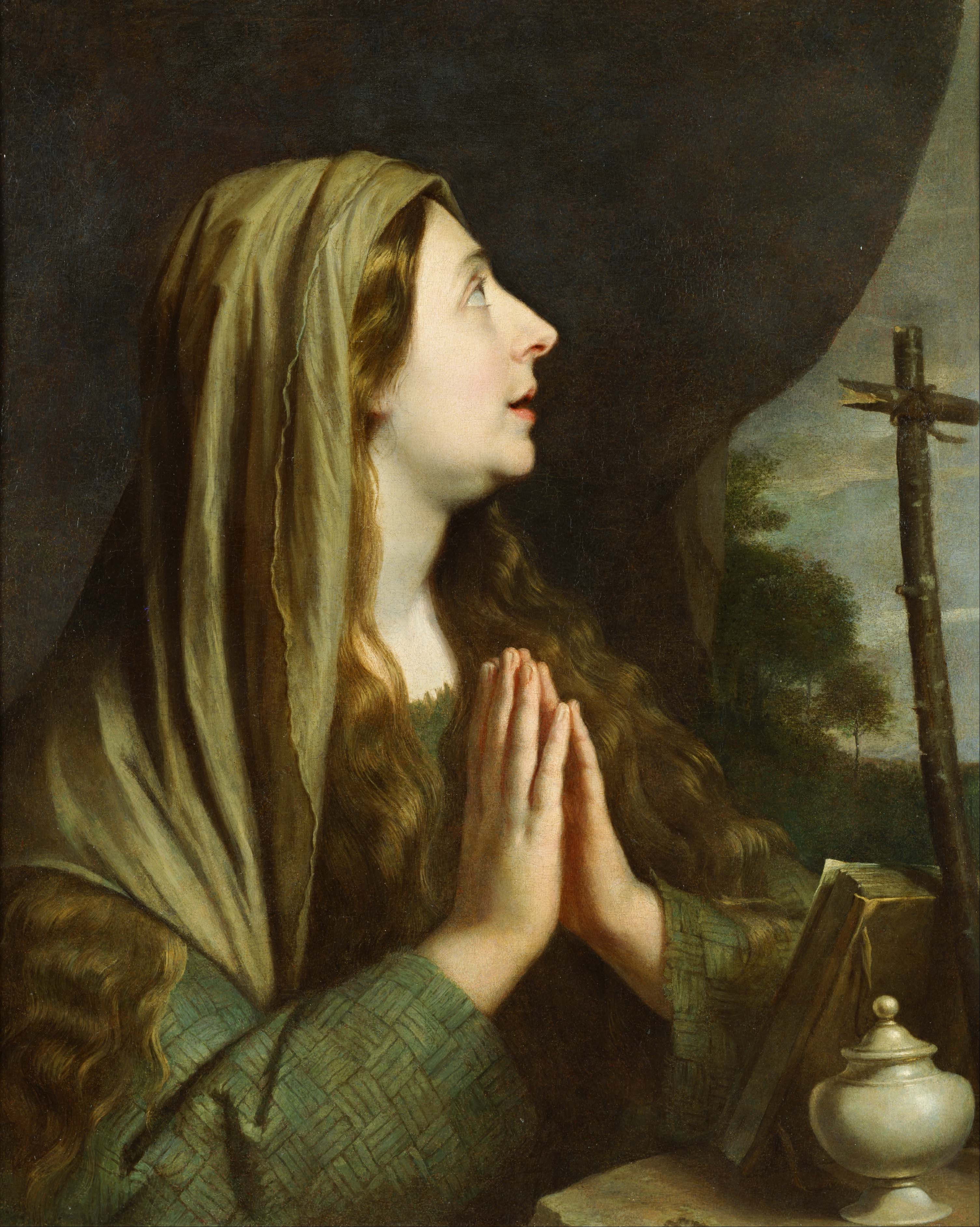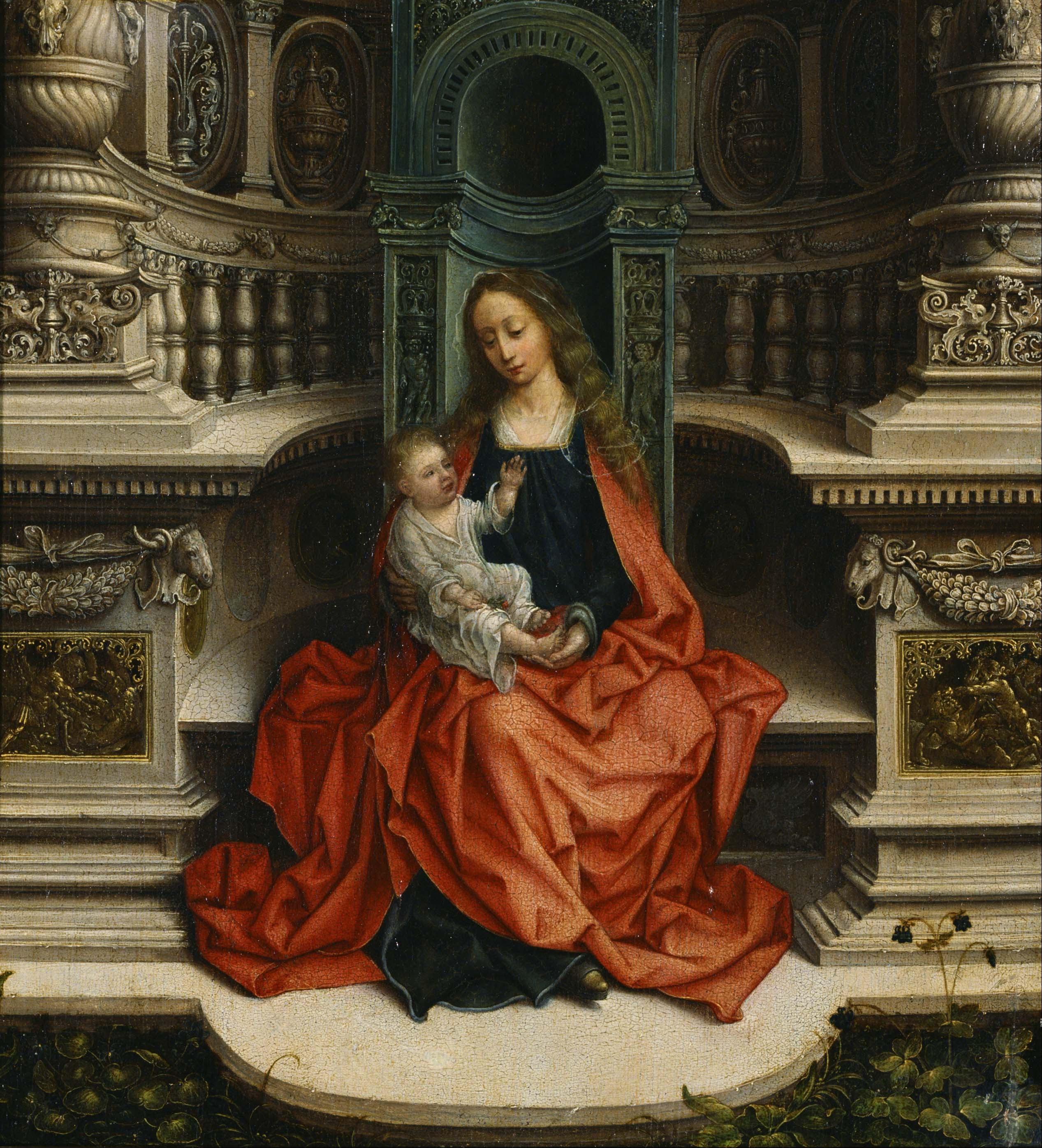
Self-Portrait
Vincent van Gogh, Public domain,
via Wikimedia Commons

Vincent van Gogh, Public domain,
via Wikimedia Commons
The Tragic Irony of Vincent van Gogh: A First-Person Reflection on a Genius Unrecognized
Why the world ignored his brilliance—and why we worship it now.
Introduction: Standing Before Genius
Whenever I find myself face-to-face with a Vincent van Gogh painting, the world behind me disappears. I become aware of the electricity in the room—the soft hum of whispers, the shuffle of feet, the almost sacred silence that falls when a crowd encounters something too powerful for language.
His brushstrokes pulse like veins, colors vibrating with a fierce life that feels as though it might spill off the canvas and into the air.
And every time, a single thought cuts through me with piercing clarity:
The world let him die believing he was a failure.
Today, museums overflow with people desperate to witness his work firsthand, yet during his lifetime Vincent van Gogh sold only one painting—The Red Vineyard, purchased for 400 francs in 1890, mere months before his tragic death. I imagine him holding that payment, just enough to spark hope but not enough to save him. For a moment, I picture him wondering if perhaps he had been right all along.
The Cruel Contrast: From Poverty to Record-Breaking Value
The contrast between his lifetime struggle and his posthumous success is almost unbearable. Modern auctions treat his works like holy relics. Out of the 30 most expensive paintings ever sold, four are by Van Gogh, including:
-
Portrait of Dr. Gachet
-
Irises
-
Wheat Field with Cypresses
These masterpieces now sell for tens of millions of dollars, sparking international bidding wars and headlines around the world. I remember sitting in a crowded cinema watching a documentary announcing the $80+ million sale of Portrait of Dr. Gachet. The audience gasped, stunned by the number—but all I could think was:
If he stood unseen among us today, watching crowds press their palms against glass to be near his work, would he laugh? Would he break down? Would he be angry at the absurdity of such belated devotion?
 |
| The Starry Night Vincent van Gogh, Public domain, via Wikimedia Commons |
A Man Left Unseen: The Weight of Isolation
Vincent van Gogh’s letters—especially his heartbreaking exchanges with his devoted brother, Theo van Gogh—reveal the raw truth hidden behind the canvases.
He writes of loneliness and desperation, of fierce hope turning to despair, of the heavy silence that followed every rejection.
He longed not for wealth but for recognition, for proof that his art mattered.
His poverty was crushing. His paints, canvases, and supplies were financed almost entirely by Theo, whose unwavering faith held back the darkness as long as it could. I often imagine Theo pacing through Paris, pleading at gallery doors, trying to convince the art world to take a risk on a man they feared to understand. Without him, Vincent may never have survived long enough to create the masterpieces we treasure now.
They were brothers bound not just by blood but by belief—one creating, one protecting.
Why the World Rejected Him
Vincent’s commercial failure was not the result of a single flaw but a convergence of forces he could not control. The reasons echo through history, and they feel painfully familiar today:
.jpg)
Wheat Field with Cypresses Vincent van Gogh
.jpg)
1. His Style Was Radically Ahead of Its Time
His violent colors, emotional brushwork, and raw subjects defied artistic convention.
Critics called his paintings sloppy, grotesque, even insane.
What we now regard as a revolutionary technique was seen then as a reckless break from tradition.
2. His Mental Health Was Misunderstood
Rather than compassion, he faced fear and exclusion. His hospitalizations, emotional volatility, and personal eccentricities only fueled the distance between him and potential patrons.
3. He Lacked Social Influence and Marketing Power
He despised pretension and was ill-equipped to navigate an art market built on networking and charm. He painted from the heart, not strategy.
4. The World Was Not Ready
Modern art had not yet arrived. The emotional truth that now feels essential was once considered dangerous.
His suffering was not the romantic myth we sometimes prefer—it was real, relentless, and destructive. He created masterpieces in the space between agony and brilliance, trying desperately to prove his worth to a world that refused to acknowledge him.
 |
Vincent van Gogh, Public domain, via Wikimedia Commons Irises—Getty Center—Los Angeles |
Painting Through Pain: The Courage to Continue
I often picture him in the glaring sunlight of Arles, standing alone in a field of gold, wind whipping through stalks of wheat like fire.
With every stroke, he fought the weight of doubt and the suffocating silence of indifference. His canvases feel like confessions—honest, trembling, and alive.
His persistence was not naïve—it was heroic.
Even in the shadow of despair, his creative fire refused to be extinguished. His belief in his artistic mission was all he had left, and still he held on.
The Breaking Point
When I stand before Wheatfield with Crows, the sky feels heavy with foreboding, the path winding into darkness without resolution. It is impossible not to feel that the painting carries the weight of goodbye. He died soon after, believing he had failed completely.
But he did not fail.
The world failed him.
 |
| Postman Joseph Roulin Vincent van Gogh, Public domain, via Wikimedia Commons |
The World Awakens: His Legacy Today
Today, Van Gogh is celebrated as one of the most influential artists of all time—a cornerstone of modern expression and a symbol of creative resilience.
His exhibitions attract millions. His paintings bring viewers to tears. His name is spoken alongside Picasso, Monet, and Cézanne, not as a footnote, but as a titan.
And yet, the tragedy remains:
He died believing he was nothing.
What We Learn From His Story
When I walk away from his paintings, I feel altered—wider somehow, more awake. The sunlight feels sharper, the sky more alive. I feel the echo of his struggle, and it reminds me of something essential:
-
Genius is often invisible while it lives.
-
True vision is rarely welcomed immediately.
-
Silence does not mean absence of impact.
A Letter to Vincent
If I could speak to him across time, I would say:
And it will never again be forgotten.
Conclusion: The Immortal Flame
The story of Vincent van Gogh is more than art history. It is a mirror held to humanity’s blindness, a testament to perseverance, and a call to recognize brilliance before it is gone.
When people ask why his paintings matter, the answer is simple:
And because every brushstroke whispers the same unrelenting message:
Keep creating—especially when the world is silent.






